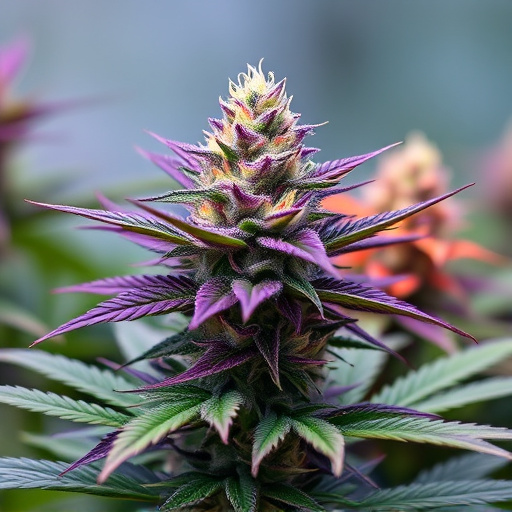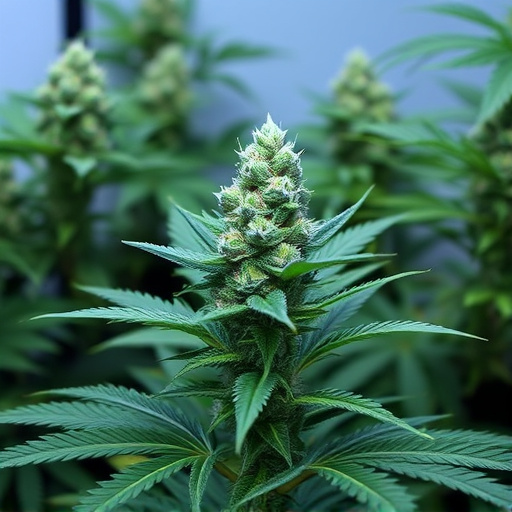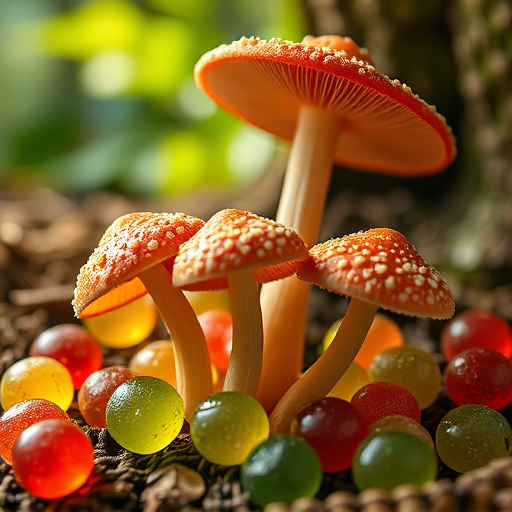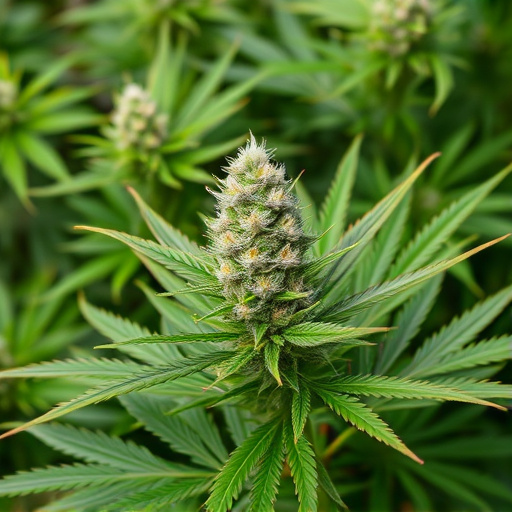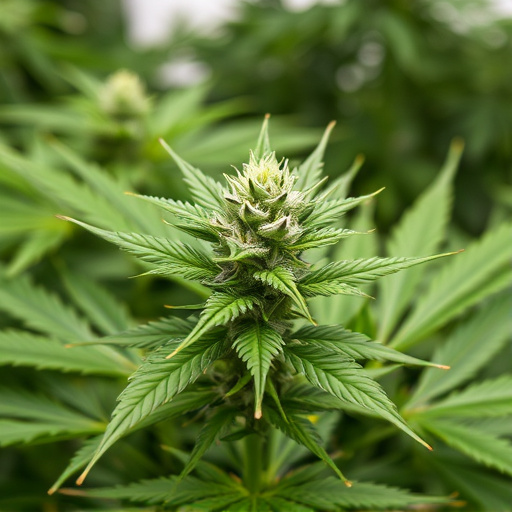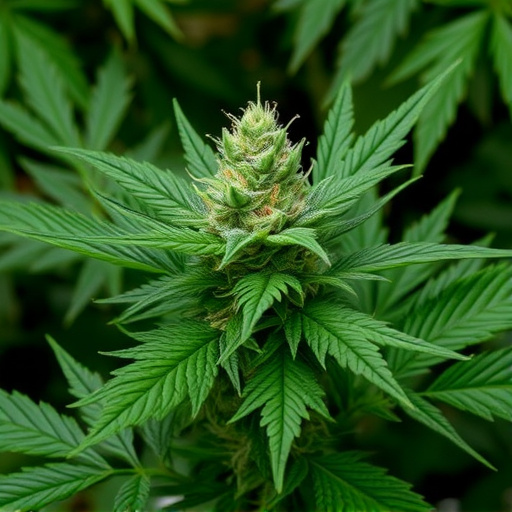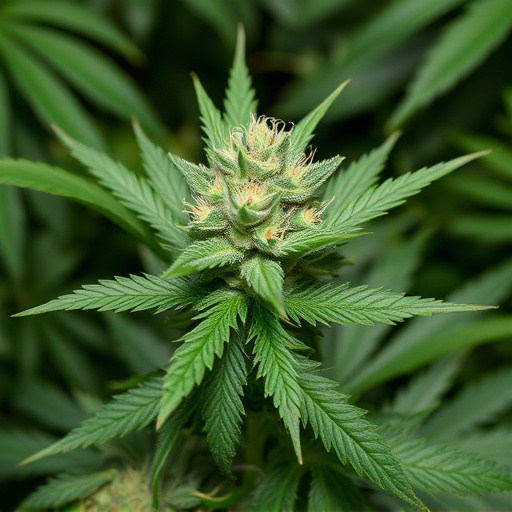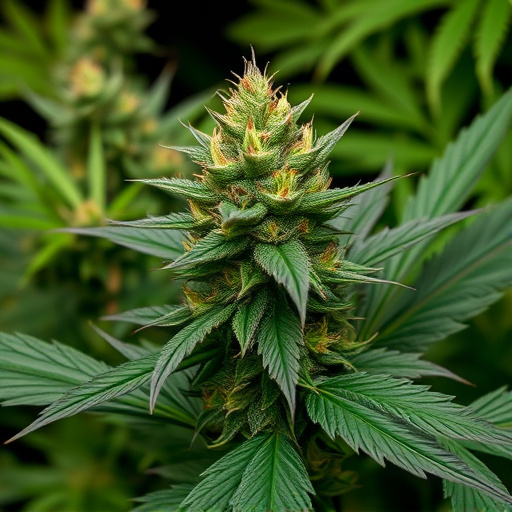Terpenes, aromatic compounds in cannabis, are key to understanding different types of cannabis strains. With over 100 identified terpenes, each with unique effects, they interact with cannabinoids like THC and CBD to create diverse experiences. Certain terpenes promote relaxation (e.g., myrcene) while others uplift energy (e.g., limonene). By exploring terpene profiles, users can make informed choices based on desired effects when navigating the types of cannabis strains available.
“Unraveling the complex relationship between terpenes and cannabis effects is a fascinating journey into the heart of this ancient plant. Terpenes, often overshadowed by cannabinoids, are the unsung heroes that significantly influence how different cannabis strains impact users.
This article takes you on an exploration of the diverse world of cannabis terpenes, delving into their unique properties and how they contribute to varying effects. From understanding these key compounds to deciphering the intricate terpene profiles of various types of cannabis strains, we aim to provide a comprehensive guide for enthusiasts and curious minds.”
- Understanding Terpenes: The Key Compounds in Cannabis
- Types of Cannabis Strains and Their Terpene Profiles
- The Impact of Terpenes on Cannabis Effects: A Comprehensive Guide
Understanding Terpenes: The Key Compounds in Cannabis
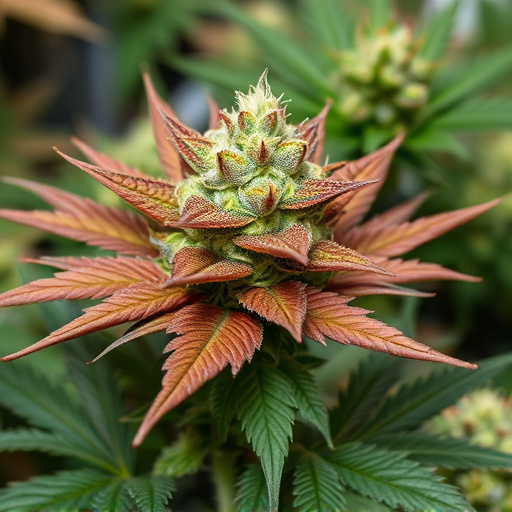
Terpenes, often referred to as the “aromatic compounds” of cannabis, are a diverse group of organic molecules responsible for the unique scents and flavors we associate with different types of cannabis strains. These key compounds not only contribute to the distinct characteristics of each strain but also play a significant role in shaping the overall effects users experience. With over 100 known terpenes identified in cannabis, each possessing its own set of properties, understanding their presence and interactions is crucial for navigating the diverse world of cannabis consumption.
The impact of terpenes on cannabis effects is multifaceted. Certain terpenes can enhance or moderate the psychotropic effects of cannabinoids like THC and CBD, creating a complex interplay that influences the overall high. For instance, myrcene, known for its earthy and musky aroma, is commonly found in indica strains and is believed to promote relaxation and sleep. On the other hand, limonene, with its citrusy scent, is prevalent in sativa strains and may evoke feelings of energy and alertness. Exploring these aromatic compounds helps users make informed choices based on their desired effects, whether they prefer a calming experience or a more uplifting one.
Types of Cannabis Strains and Their Terpene Profiles
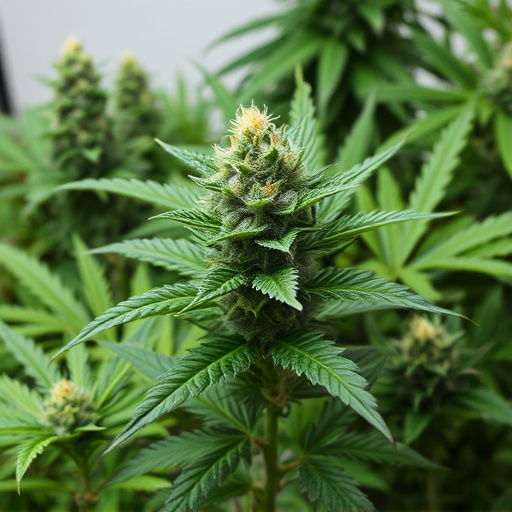
Cannabis plants produce a diverse range of chemical compounds, with terpenes being one of the key groups that contribute to the unique effects and aromas associated with different strains. Terpenes are aromatic molecules that give many plants, including cannabis, their distinct scents and flavors. When consumed, these compounds interact with the body’s endocannabinoid system, influencing various physiological processes and creating varying therapeutic and recreational experiences.
The fascinating part lies in the fact that each type of cannabis strain has a distinct terpene profile, which is like its fingerprint. For instance, some strains are known to be rich in myrcene, a terpene with sedative and relaxing properties, making them popular for evening use. Others may have high levels of limonene, which is uplifting and can enhance focus, creating a more energizing effect. Understanding these terpene profiles helps cannabis users make informed choices based on their desired effects, be it relaxation, stimulation, or pain relief.
The Impact of Terpenes on Cannabis Effects: A Comprehensive Guide

Terpenes, often referred to as the “aroma compounds” of cannabis, play a pivotal role in shaping its effects on the user. These volatile organic compounds are produced by various plant species, including cannabis, and are responsible for the unique scents and flavors associated with different types of cannabis strains. Beyond their contribution to the sensory experience, terpenes interact synergistically with cannabinoids like THC and CBD, modulating and enhancing the overall effects felt by consumers.
Understanding terpene profiles is crucial when navigating the diverse world of cannabis. Each terpene possesses distinct properties that can influence the potency and character of cannabis strains. For instance, myrcene is known for its sedative and relaxing effects, making it a popular choice for evening use. Limonene, on the other hand, offers uplifting and energizing sensations, while linalool is celebrated for its calming and stress-relieving properties. By examining terpene profiles, users can anticipate and customize their cannabis experience, selecting strains that align with their desired effects, whether it’s relaxation, focus, or a boost in creativity.
In conclusion, terpenes play a pivotal role in shaping the unique effects of different cannabis strains. By understanding the diverse terpene profiles within various types of cannabis strains, consumers can make informed choices to enhance their cannabis experience and tailor it to their preferences. Terpenes offer a layer of complexity to the cannabis landscape, adding aroma, flavor, and potential therapeutic benefits that contribute to the overall appeal of this multifaceted plant.


